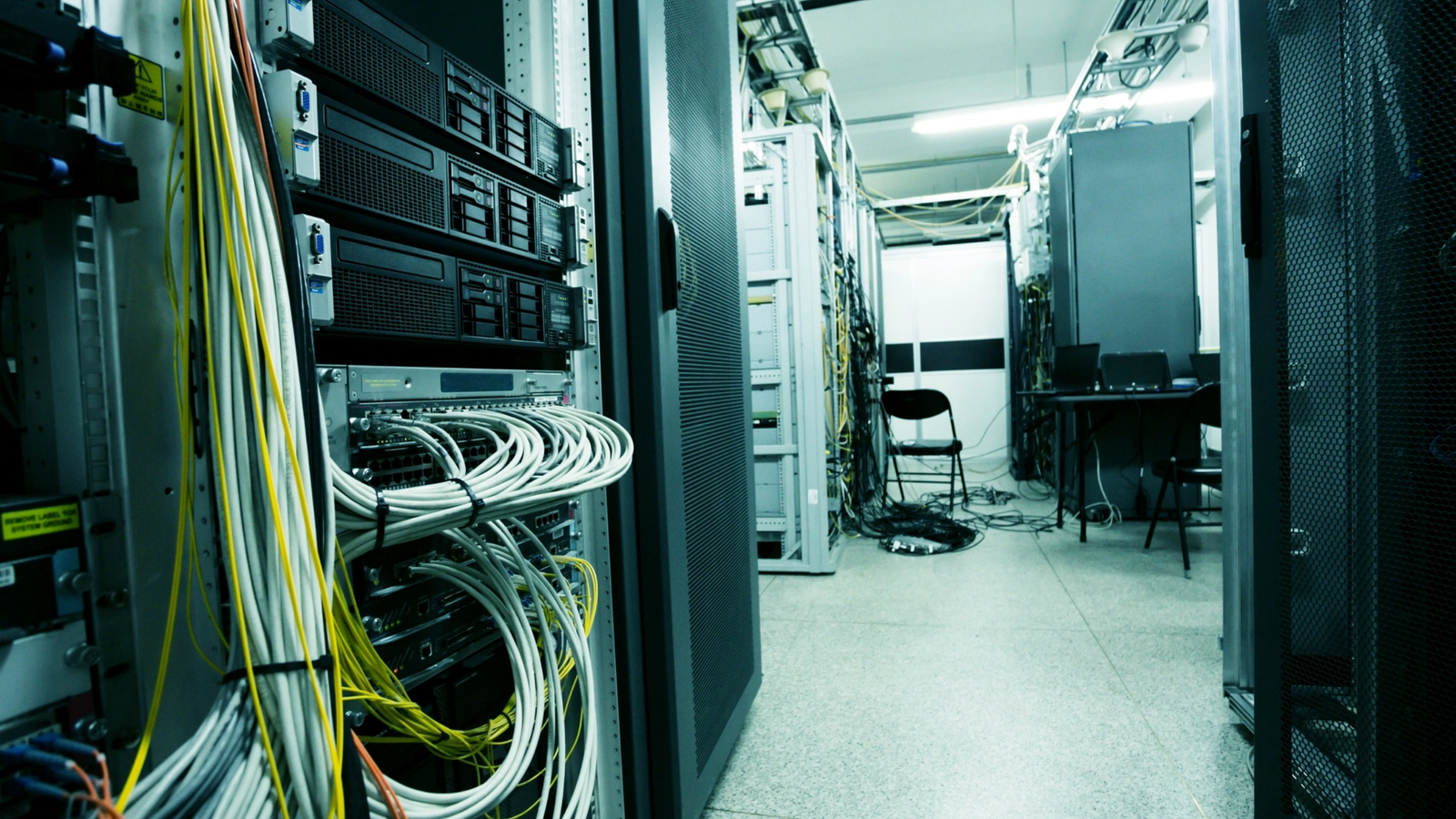In today’s digital landscape, cybersecurity threats are evolving at an unprecedented rate. For highly regulated industries like financial services and healthcare, maintaining Customer Premises Equipment (CPE) security compliance is not just a best practice—it’s a legal and operational necessity.
CPE refers to devices like routers, modems, and IoT endpoints located at a customer’s site. These devices serve as critical access points, making them prime targets for cyberattacks. A single breach can lead to data theft, regulatory fines, and reputational damage.
This article explores why CPE security compliance is crucial for financial and healthcare institutions, key regulatory frameworks, best practices, and how managed service providers (MSPs) can help maintain robust security postures.
Why CPE Security Compliance is Non-Negotiable for Financial & Healthcare Sectors
1. Sensitive Data at Risk
Financial institutions handle credit card details, bank accounts, and transaction records, while healthcare organizations manage protected health information (PHI).
- Non-compliance risks: Data breaches can lead to GDPR, HIPAA, or PCI-DSS penalties, lawsuits, and loss of customer trust.
2. Increasing Cyber Threats
- Ransomware attacks on healthcare providers rose by 94% in 2023 (Sophos Report).
- Financial firms face 300% more cyberattacks than other industries (IBM Security).
- CPE devices are often the weakest link due to outdated firmware or misconfigurations.
3. Regulatory Requirements Demand Strict Compliance
Both sectors must adhere to:
- Financial Sector: PCI-DSS, GLBA, SOX, FFIEC guidelines
- Healthcare Sector: HIPAA, HITRUST, NIST Cybersecurity Framework
Non-compliance can result in fines up to 1.5millionperviolation(HIPAA)∗∗or∗∗1.5millionperviolation(HIPAA)∗∗or∗∗100,000 per month (PCI-DSS).
Key CPE Security Compliance Challenges
1. Legacy Systems & Outdated Firmware
Many CPE devices run on unsupported software, making them vulnerable to exploits.
2. Lack of Visibility & Control
- IT teams struggle to monitor remote CPE devices in real-time.
- Unauthorized access via default credentials is a common issue.
3. Complex Multi-Vendor Environments
Different vendors mean inconsistent security policies, increasing compliance gaps.
4. Insider Threats & Human Error
- Misconfigured devices expose networks.
- Employees clicking phishing links can compromise entire systems.
Best Practices for CPE Security Compliance
1. Implement Zero Trust Network Access (ZTNA)
- Verify every access request, even from trusted devices.
- Least privilege access minimizes exposure.
2. Regular Firmware Updates & Patch Management
- Automate updates to eliminate vulnerabilities.
- Monitor end-of-life (EoL) devices and replace them promptly.
3. Strong Authentication & Encryption
- Enforce Multi-Factor Authentication (MFA) for all CPE logins.
- Use AES-256 encryption for data in transit and at rest.
4. Continuous Monitoring & Auditing
- Deploy SIEM (Security Information & Event Management) for real-time threat detection.
- Conduct quarterly penetration testing to identify weaknesses.
5. Vendor Risk Management
- Assess third-party vendors for compliance with ISO 27001, SOC 2.
- Include security SLAs in contracts.
How Managed Service Providers (MSPs) Ensure CPE Compliance
MSPs specializing in financial and healthcare cybersecurity offer:
✅ Proactive Threat Detection – 24/7 monitoring for anomalies.
✅ Compliance Automation – Tools to streamline audits and reporting.
✅ Incident Response Planning – Rapid containment of breaches.
✅ Staff Training – Reducing human error risks.
Example: A regional bank reduced compliance violations by 80% after partnering with an MSP for automated CPE security management.
Final Thoughts: Staying Ahead of Threats
CPE security compliance is not a one-time task—it requires continuous improvement. Financial and healthcare organizations must:
✔ Adopt a risk-based approach to prioritize critical assets.
✔ Leverage AI-driven security tools for predictive threat analysis.
✔ Partner with expert MSPs to maintain compliance without straining internal resources.
By taking these steps, businesses can protect sensitive data, avoid penalties, and build customer trust in an era of relentless cyber threats.
